The differences between batch and continuous tyre pyrolysis plant lie in the operating mechanism, feeding and slagging method, degree of automation, processing capacity, equipment complexity, product quality, cost and energy efficiency. The choice of which method to use mainly depends on the investor's budget.
Batch tire pyrolysis equipment processes tires in a cycle, "loading → pyrolysis → cooling → unloading".
Fully continuous tire pyrolysis plant operates uninterruptedly, with continuous feeding, pyrolysis and slag discharge. It can achieve simultaneous feeding and slag discharge, so that the tires are continuously in a pyrolysis state.
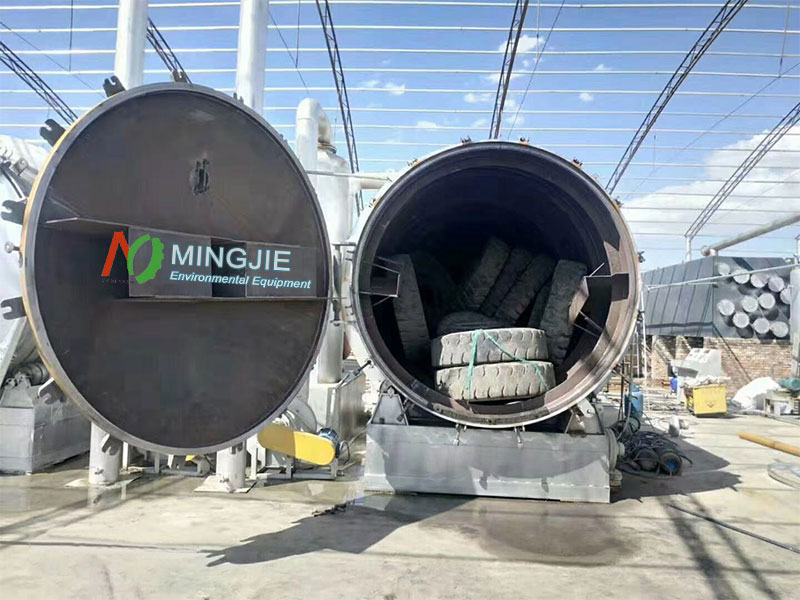
Batch pyrolysis plant uses manual or simple hydraulic feeders. Feeding takes a long time, and it takes 2-3 hours to load a furnace. Batch tire pyrolysis equipment adopts a large furnace door design, which does not require high material dimensions. It can directly process whole tires and small-sized materials, such as rubber powder and rubber blocks. In the actual production process, batch pyrolysis equipment generally does not need to be equipped with a pretreatment device.
Fully continuous tire pyrolysis plant uses a fully automatic closed feeding system. Its feeding time is short, such as about 30 minutes. Continuous tire pyrolysis equipment uses a closed spiral feeding method and can only process small-sized materials such as rubber powder and rubber blocks. If the raw material is a whole tire, it is necessary to use a waste tire pretreatment device to break the whole tire into 5-8mm rubber blocks.
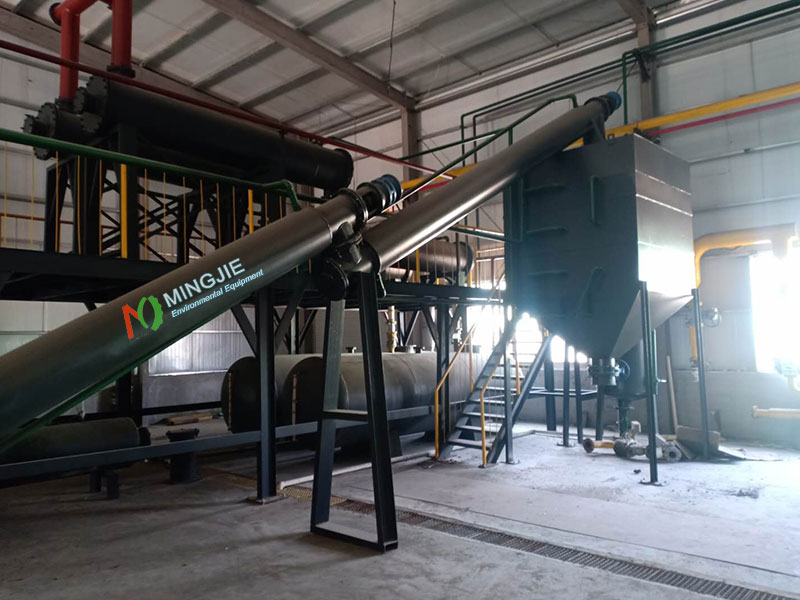
Batch pyrolysis plant needs to cool down before slag discharge, and the cooling time for a single furnace is 4-5 hours. And most of them are open-type slag discharge, and the safety and environmental protection coefficient is low.
The slag discharge system of the fully continuous tire pyrolysis plant adopts a closed slag discharge design. The carbon black is directly packaged after water circulation cooling, which is safe and environmentally friendly.
Batch tyre pyrolysis plant is semi-automatic and require 3-4 people to operate. It has high labor intensity and low automation. If secondary feeding, slag discharge or steel wire drawing is required, the pyrolysis reactor temperature needs to be cooled to below 60 degrees.
Fully continuous tire pyrolysis plant adopts PLC automated intelligent control systems and only require 1-2 people to operate. It has a high degree of automation and low labor intensity. Fully automatic pyrolysis plant can continuously feed and discharge slag and operate 24 hours a day.
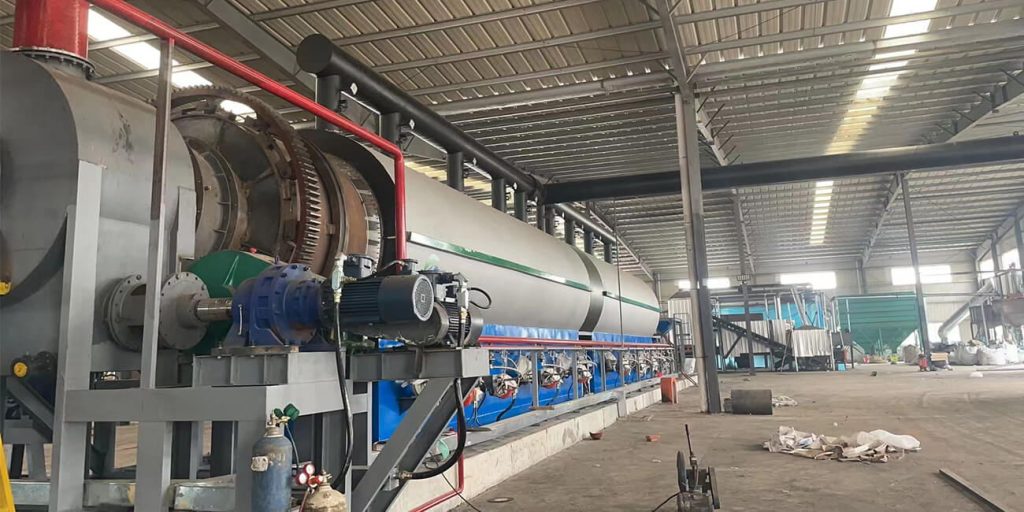
The daily processing capacity of a batch pyrolysis plant is 1 - 15 T/D. It has low operating efficiency and limited processing capacity, suitable for small-scale production.
The processing capacity of a fully continuous pyrolysis plant is 15 - 50 T/D. It has high operating efficiency and is suitable for large-scale industrial production.
Batch pyrolysis equipment has a simple design and low requirements for automation and material pretreatment. It has flexible feeding methods, simple operation, few wearing parts, and low maintenance costs.
Fully automatic pyrolysis plant requires more complex equipment design and advanced automatic control capabilities. It has strict requirements for material pretreatment, complex equipment, and more wearing parts.


Batch pyrolysis equipment uses cyclic heating and cooling, which makes it difficult to ensure consistent product quality. Repeated thermal cycles reduce overall efficiency and poor product quality stability.
Fully continuous tyre pyrolysis plant uses a continuous and stable environment to ensure stable final product quality.
Batch type pyrolysis equipment is simple and is the most mature technology so far. It is also the most used by pyrolysis plant manufacturers and customers. A batch pyrolysis plant cost is between 300,000 and 500,000 US dollars.
Fully continuous tyre pyrolysis plant has complex equipment, high degree of automation and strict raw material pretreatment. Its investment and operating costs are high, and the market quotation is mostly over one million US dollars.
Each operation of the batch tyre pyrolysis equipment requires reheating and cooling. The energy utilization efficiency is relatively low and the energy consumption is high.
Fully continuous tyre pyrolysis plants have higher heat transfer efficiency, which makes fuller use of heat and syngas. The continuous feeding and discharging system makes fuel consumption relatively low and saves 20% of operating costs.
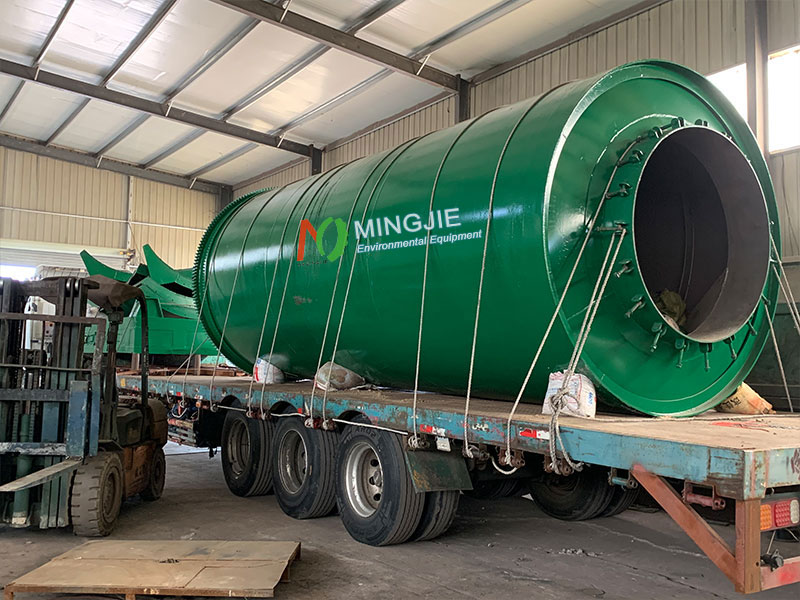
Mingjie Group has 20 years of rich experience and focuses on the research and development of pyrolysis technology and equipment. Their excellent performance ensures stable operation of the equipment. We provide one-stop service, including raw material analysis, equipment customization, installation, training and maintenance. Our tyre pyrolysis plant price is affordable and sold directly from the Mingjie Pyrolysis Plant Manufacturing Factory.
Batch pyrolysis plant and continuous tire pyrolysis plant have their own advantages and disadvantages. Find the best one that suits your company. When purchasing pyrolysis equipment, you must be clear about production capacity, material properties, input and output requirements, site conditions, investment budget and other information.
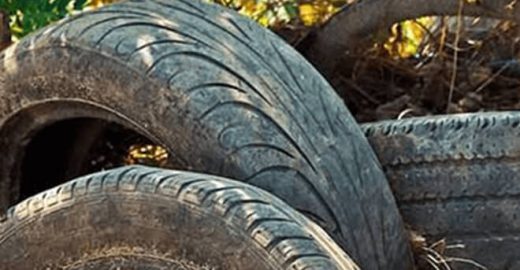
An Australian general waste and tire recycling authoritative body turned to Environment Minister Sussan Ley in November last year with a request to prohibit whole bale tire…
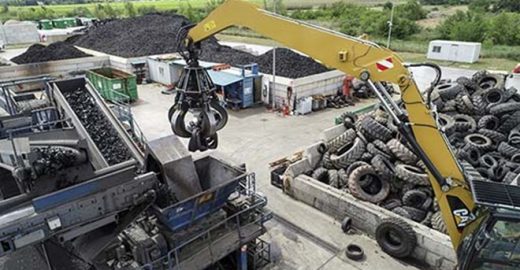
Aliapur – a French end-of-life tire management authority – recently announced a call for applications to participate in a tender to renew end-of-life tire collection and recycling contacts for 2021–2024..